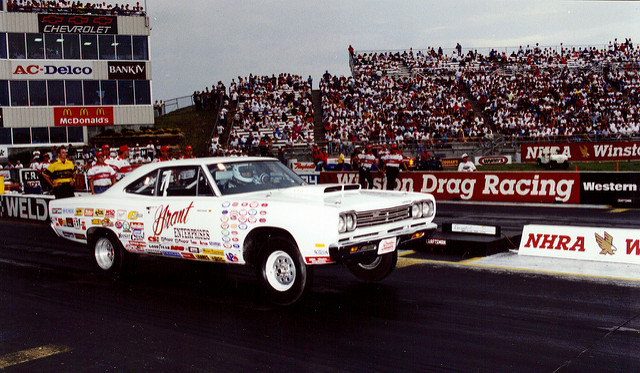In racing, there are two reasons for collecting weather data.
- Engine performance analysis – Density altitude (DA)
- Public safety – Lightning detection and heat index
Weather and drag racing
Density altitude is used to describe the density of the air using temperature, barometric pressure, and relative humidity. In a hot and humid location, the density altitude may be much higher than the actual altitude. Why does it matter? When the density altitude is higher than the actual altitude, engine performance may be decreased. Inversely, when DA is lower there is more oxygen available resulting in faster cars and better ET’s.
An on-site weather station can provide wind speed and wind direction measurements. These are important considerations for vehicle control during front-wheel lift and chute deployment. Wind conditions may also have an affect on ET.
Weather and guest safety
Heat index and globe temperature are measurements used to determine heat stress on event participants and the public.
Heat index and Humidex, calculated using temperature and relative humidity, are applicable to shaded areas. Wet-bulb globe temperature is used for areas where people are exposed to the sun and other heat sources. Both these elements help ensure that heat stress and heat stroke are avoided.
Dyacon lightning detection can provide early warning and advisory input to safety managers.
Dyacon Weather Stations
 Dyacon provides preconfigured stations that can be customized to fit any needs.
Dyacon provides preconfigured stations that can be customized to fit any needs.
The MS-130 includes:
- Solar Power
- Data Logging
- Modbus Cable Connection
- Embedded Cell Phone
- Email or FTP Data Logs
- WeatherUnderground-Ready
- Wind Speed and Direction
- Real-time Gust Detection
- Air Temperature
- Barometric Pressure
- Relative Humidity
